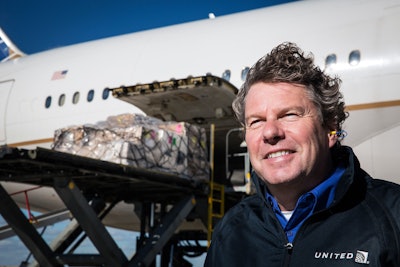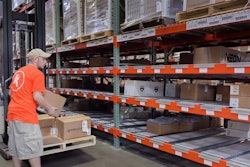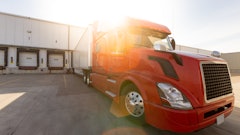
As the air cargo industry navigates an increasingly difficult business landscape, carriers are placing greater emphasis on customer relations as a means to improve quality. The industry has learned it must listen to its customers’ needs, and is developing new ways to deliver on promises.
American Airlines, coming out of the integration process with US Airways, is focusing on partnerships and cultivating customer loyalty. The airline seeks to make business easy to do through all of its engagement points.
“A customer experience team was established during integration, as well, to focus on improving the experience for every functional group in cargo working or speaking with customers,” says David Vance, vice president, cargo. “They’re continuing to deliver improvements in our service performance by adding a focus on being more consistent in policies and procedures across the system and continuously looking for ways to better our operation.”
Jan Krems, president of United Cargo, says his team is focused on measureable improvements in key metrics that impact customer satisfactions, including keeping the commitments made to the customer to fly their shipments as planned and have them available at destination on time and as promised.
New metrics emerge
“We’re very pleased that the improvements we’ve made in our worldwide quality and efficiency are backed up by our internal measurements, IATA’s (International Air Transport Association) Cargo 2000 (C2K) statistics and other industry data and, most importantly, feedback from our customers,” Krems says. “United Cargo is making use of new technology to measure our operations in more ways, and we’re using the knowledge and insight we gain from this data to generate improvements worldwide. The whole team is focused around one goal: quality, quality, quality.”
Across the border, Air Canada has also been ramping up its customer service program. Lise-Marie Turpin, the airline’s vice president, cargo, for the past seven years, says the carrier is focusing on examining processes from a customer’s point of view and trying to understand what the “pain points” have been.
“We are seeing some results from listening to a snapshot of what the customers were telling us a year ago,” Turpin says. “We are now conducting those same visits and we have made inroads and provided customers with better service. I am quite happy with that approach. The methodology is moving forward and we have a better understanding of what the customer is looking for.”
Electronic airway bills grow
While the industry didn’t reach IATA’s goal of 45 percent adoption of electronic airway bills by the end of 2015, progress has been steady, albeit slow. North America has been one of the leaders in this area.
IATA notes that U.S. carriers have taken the lead, with the Big 3 carriers—Delta, American and United—taking the lead by aggressively adopting e-AWB at their main gateways. Other airlines making good strides are Air Canada, Cathay Pacific, International Airlines Group and LAN Cargo. Some leading airports in terms of e-AWB penetration include Dallas-Fort Worth, Miami, Atlanta, Los Angeles, San Francisco, New York JFK, Montreal, Toronto and Vancouver.
“As the industry initiative continues to gain momentum, we’ve really been working to support our shippers and forwarders on the path to a paperless operation,” Vance says. “Without our partners, the supply chain doesn’t run properly, and aligning our goals is the first step needed to modernize and maximize the quality and efficiency of our products and services.”
Turpin reports that Air Canada is making steady progress with e-AWB.
“The industry realizes this is a complex issue and we are taking the steps we need to, such as introducing a new booking tool on our website,” she says. “We’ve tried to make it as easy as we can for our customers. When we look at the total volume of shipments that we handle worldwide, we offer e-AWB for about 70 percent of the volume we carry. It’s taken a lot of work to get up that number.”
For its part, “United Cargo is a strong supporter of IATA’s plan to establish the e-AWB as a necessary precursor to achieving complete e-freight,” Krems emphasizes. “We are participating with 16 other IATA member airlines in an initiative to establish the e-AWB Single Process as the preferred means of shipping cargo to all destinations from the largest-volume European airports. This project reduces the barriers to e-AWB adoption by providing a process that meets the needs of forwarders and carriers, as well as customs and security officials, in each location.”
Investment in cold chain grows
Vance says American has put a lot of investment in improving facilities. This includes its cold chain facility in Philadelphia.
“We’ve also expanded our footprint in key locations, invested in improvements to some of our hub buildings, and are now taking delivery of a long list of new, optimally reliable equipment, trucks and tractors,” Vance says. “And at some of our highest-traffic stations, we’ve provided staffing additions, cargo warehouse enhancements for efficiency purposes, and increased the frequency of performance reviews. These measures are all to ensure consistent operational success and change for the better.”
John McCurry is an Atlanta-based writer specializing in logistics and manufacturing. He is a former editor of Air Cargo World magazine.


















